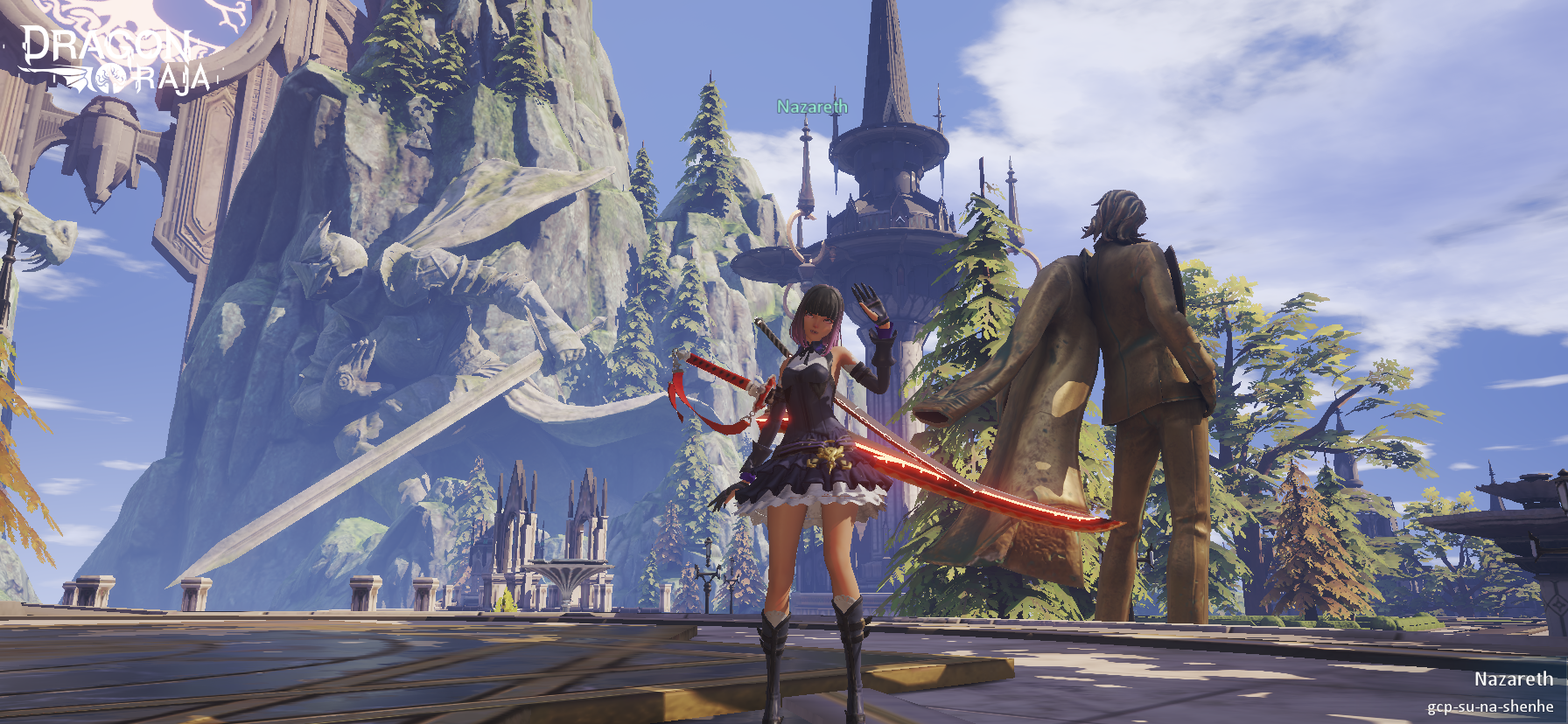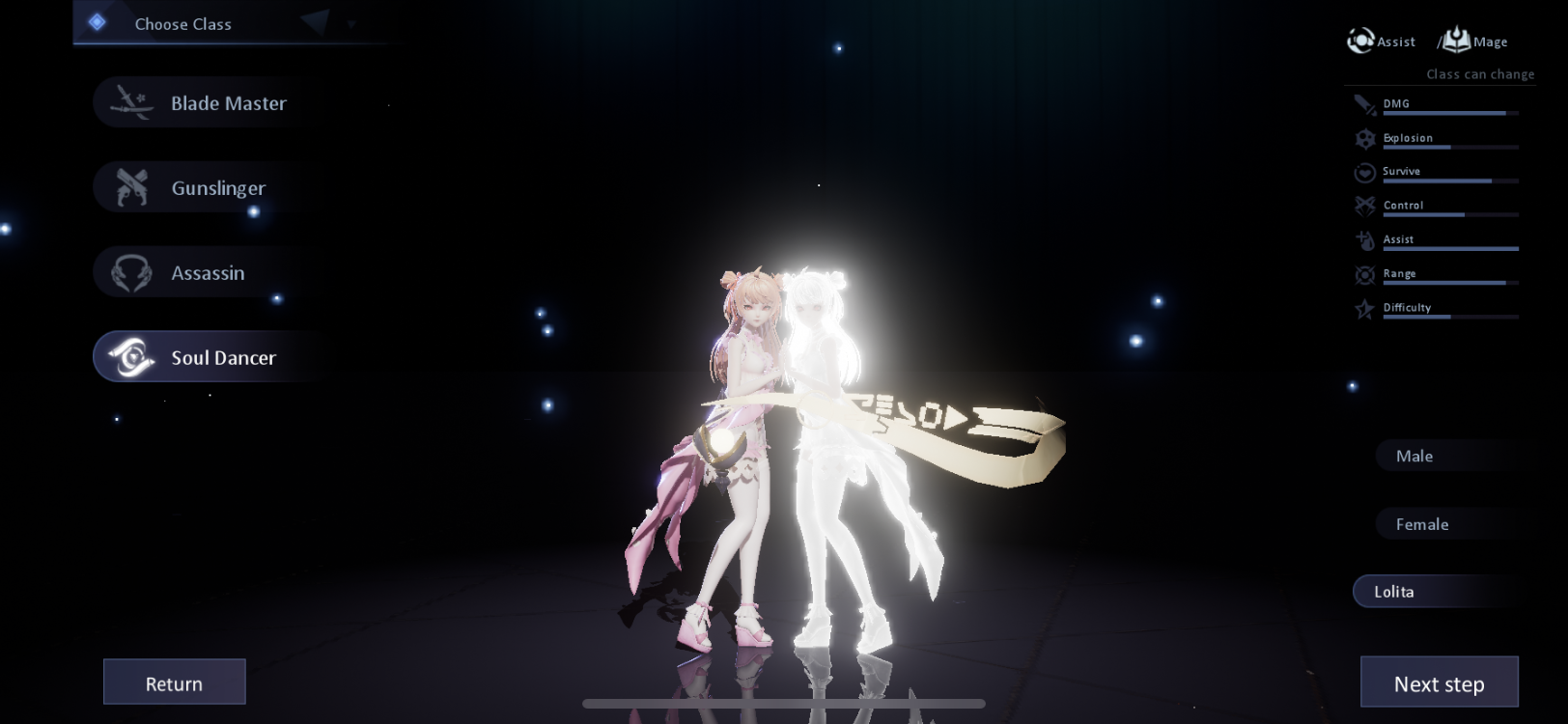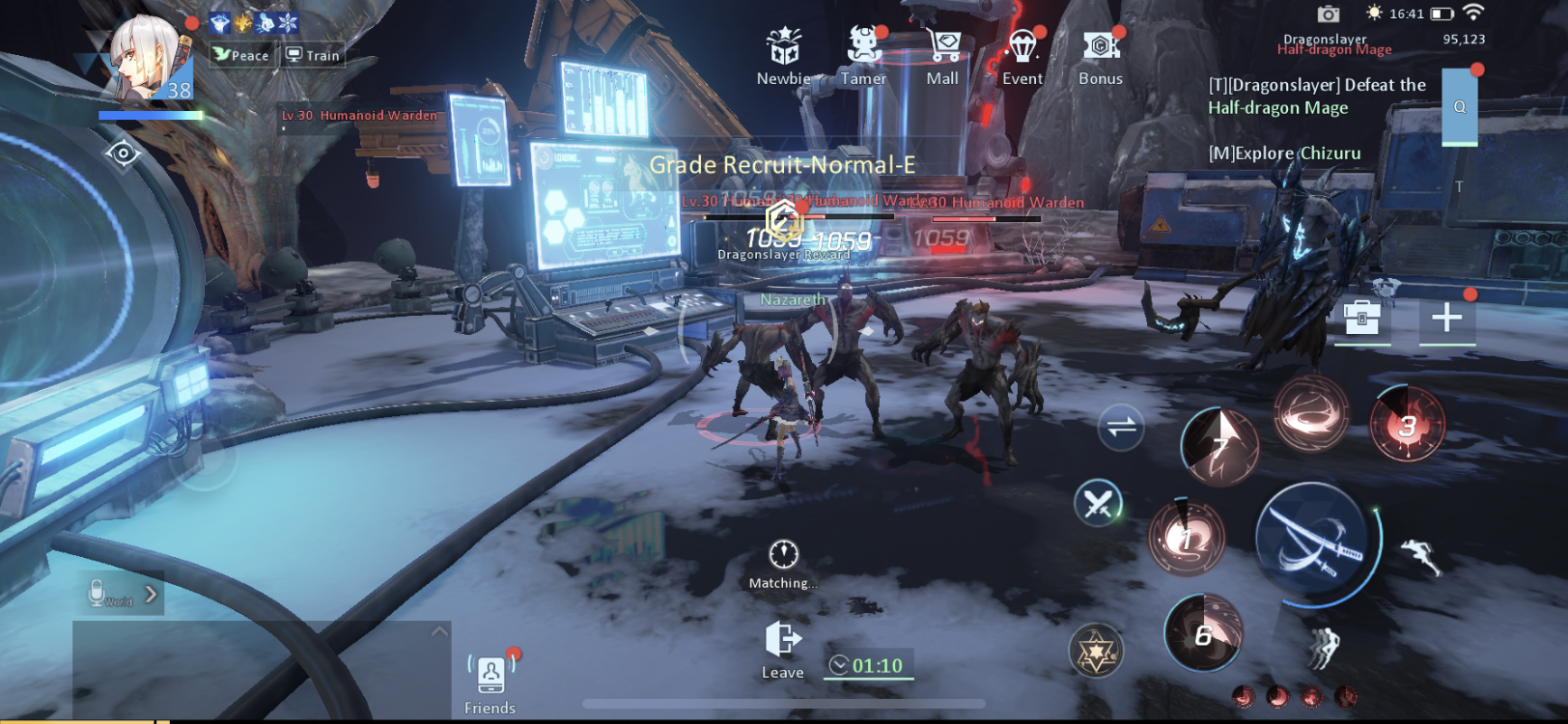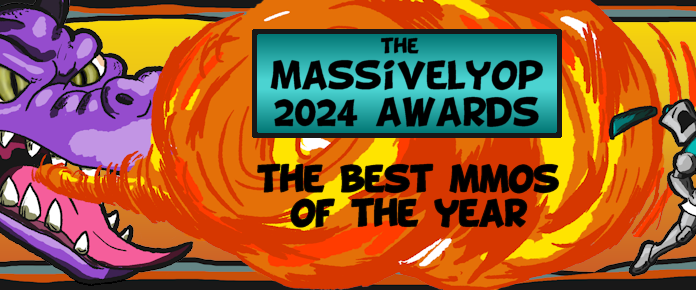
I enjoy mobile MMOs. It’s a hit-or-miss kind of genre: Some are great, others are terrible. I personally love the adventure of finding those good ones. So when opportunity came knocking to try Archosaur Games’ Dragon Raja, I was down. The game’s been in the back of my head for months, and I was excited to give it a try. Going in, I didn’t know what to expect, but after sinking in about 30 hours into the gameplay, I could comfortably say it’s a pretty decent MMO – but only if players are willing to make it their only mobile MMO.
Let’s have an open mind here: I know it’s easy to criticize mobile games, and it’s not like it isn’t deserved. Think of any anti-consumer practice the gaming industry’s done recently, and the mobile market did it five years before. But we can’t deny that MMOs do have a future in the mobile gaming sphere, even in the West, and it’s a good time to reframe how we perceive the mobile MMO.
With games like Black Desert Mobile, AdventureQuest 3D, and RuneScape Mobile all occupying the same space, there are quality mobile MMOs available today – yes, even on this side of the Pacific Ocean. Looking forward, we’ve got Blade and Soul 2, Path of Exile Mobile, and Final Fantasy XI R2 gracing our mobile devices in the near future. Backed by the likes of China’s Tencent, Dragon Raja will join this group.
As soon as I fired up the game, the aesthetic stuck out: It’s a futuristic, neon-laced, cyberpunk Earth with lots of purple and technology that makes swords relevant again. I honestly didn’t know I wanted to play an MMO with this style! I’ve gotten so used to whatever the heck Final Fantasy XIV and Guild Wars 2’s aesthetic is that I didn’t even know this was cool!
The Unreal 4 engine ensures the game runs buttery smooth on an iPhone XR. There’s also options to set the game to run at 60 frames per second, which is pretty impressive. It’s clear Archosaur and Tencent really wanted to leave an impression for prospective players, and it certainly strummed the right chord with me. Coming from a time when phone games was just snake, I’m awed at what a phone can do these days.

The futuristic cyberpunk allows for a unique aesthetic take on traditional tank, DPS, and healer roles. Each get its slew of futuristic weaponry and skills, but all stay faithful to the class types we’ve come to know. The blademaster fulfills the tank archetype, while the gunslinger and assassin check off the ranged and melee DPS roles respectively. The healer made for the most unique design with the soul dancer.
Soul dancers have a ghost-like copy of themselves following them around; they do the usual anime things with the ghost copy elegantly dancing with the physical character. The soul dancers have a pretty cool attack where the player sends out their ghosts to do the damage dealing – a pretty cool take on the traditional robe-and-staff healer type. It fits in pretty well with the overall aesthetic.
I gave it a cursory try, but since I prefer a straightforward style, I went ahead and ran with the blademaster. The game has a powerful character creation tool. You can pick hairstyles, facial features and edit individual limbs. None of the classes is gender locked, a welcome feature for many. In fact, the studio went the extra mile and went with three genders: male, female, and lolita. So there’s definitely something for eve-
Wait. What?
Yup. The developers went there. They certainly knew their demographic.

I’m not really into the lolita types, and I wasn’t in the mood for the edgy male character types for this test, so I rolled a female blademaster and named her Nazareth. For those familiar with Nier Automata, her design channels some serious 2B (or 2P for the FFXIV players out there) vibes out there. Two katanas, one large and one small, float behind her back, and her playstyle involves switching between the two katanas. She’s a melee fighter, and from level 1 she’s already got some pretty flashy moves, which is par for the course for these mobile MMO types. Later down the road, they can spec into a DPS or Tank role with the usual damage buffs and threat generation skills.
Flashiness is usually the best way to get players to play these mobile games. Of course, mobile MMOs want to hook the player as early as possible, so the game uses an outfit-based system rather than having models for individual armor pieces to make them look as cool as possible. Freshly rolled characters look pretty flashy already, and throughout the main quest, players receive free outfits. Character outfits are complete packages; each piece of equipment doesn’t actually have individual model pieces. As an old-school MMO player, I’m not a massive fan of it, but at least the outfits are nice.
All new characters dress in a very nice looking greatcoat to fight off the cold of the newbie area, which is a small school in the middle of the Siberian forest. And after a few easy quests you’re introduced to the characters, some basic attacks, the mechanics of how to play the class. The foundations of an MMO are all there, but it’s not always just foundations that matter – it’s how they’re used that makes a game stand out.
And beyond the beautiful visuals and flashy moves, a certain level of cynicism is clear in this design. This game will be a hit for the casual mobile gamer, but more discerning eyes can see that all the game’s parts eventually lead to the consumer spending money on it.
The game promised an epic story, but I found it difficult to keep up with. Even with voice acting, the translations have moments of awkwardness that border on cringe. Important bits of information are buried in tiny, two-line bits of dialogue that’s easy to miss.
The storybits I did get from the game are pretty interesting, though. The antagonists are basically trying to awaken some sleeping dragons, and it’s your job to prevent that from happening. It’s a good premise, but the small details are hard to keep up with from the awkward translations. The side quests are kind of thin, but the main story rewards ensures that your character continues to have the most relevant gear for your level, so at least for the leveling portion of the game, you’re covered with gearing.
But how are players going to get from locale to locale? Players can do it the way it’s meant to be, through manual input, but there is an autoquest and autocombat feature. At this point, it’s kind of expected. The features have grown on me, if only for the practicality of it all. It saves taps, and since carpel tunnel’s become a chronic issue for me, I see it as a way to still interact with the game.
If the autocombat and autoquest is a dealbreaker, I don’t blame you. When what essentially is botting becomes a design feature, it’s because mobile MMO game design’s stagnated to a point that a simple computer can play the darn game for you. Since the game can be autoplayed, that means developers have to create content and areas that wont hamper the autopathing, and while that’s all right for general grinding, I wonder what the later content looks like. Since I had access to only the test build, I didn’t see any other players online, so I couldn’t do any of the social or party-focused content, so I can’t make a judgment on how the autoplay features affect that part of the game.

As for monetization, there’s the standard premium currency for outfits. But what caught me off guard was the addition of a gacha mechanic. The gacha prizes here are allies that add extra stat bonuses when equipped. I’m not a fan. Either go full gacha or use a cash shop, not both. In theory, dedicated players will need to use both the cash shop and the random gacha system to compete in whatever PvP or high-level raids are available. From the vibe I’m getting, Tencent is banking on fanservice, strong aesthetic design, and weighty combat to keep players playing.
It’s still a pretty solid Mmobile MMO, but players who choose to play this game should probably only play this game rather than add it to a roster of dabbling. If this were a full-blown PC MMO, that gacha wouldn’t cut it, but it works in a mobile MMO.
In the end, while I think the game is decent, I really wish it were a PC MMO instead.














